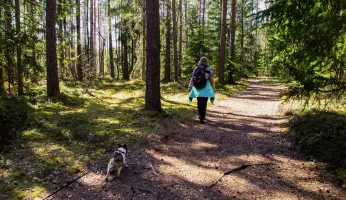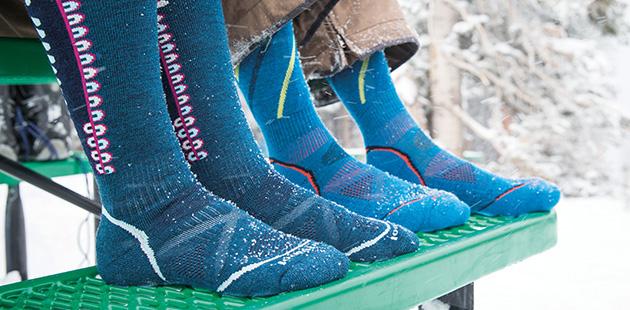Caving for Beginners: A Complete Guide
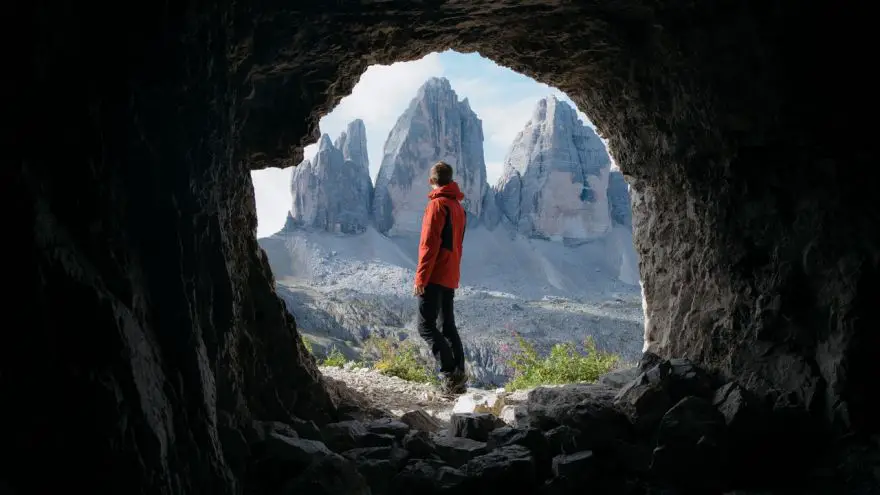 Caving for Beginners: A Complete Guide
thegearhunt.com
Caving for Beginners: A Complete Guide
thegearhunt.com
People tend to need to go exploring. As youngsters we always wanted to know what was over that hill, beyond the woods, or even just on the other side of that pond. Some of us may have imagined ourselves walking on the moon with Neil Armstrong or sailing across the world with Magellan. These days, there is very little that is left undiscovered and unexplored. The greatest mountains in the world have been climbed. We have reached the depths of the oceans. Going into space isn’t an option open to just anyone. You can see everywhere else on Google Earth. When it comes to places to set foot where few have trod and where satellites can’t see, caves are the best options.
Being Introduced to Caves
The first time I was introduced to caves and spelunking was when I was in college in the Southeastern part of Tennessee. You really can’t go far on I-75 without passing signs for Ruby Falls or the Lost Sea. I was both disappointed and fascinated by both of these attractions for tourists. I couldn’t help but to appreciate the beauty offered by these caves. However, I knew that there was still an entire world beyond where our tour guides took us. It wouldn’t be too much longer before I was introduced to the man who had actually mapped a full 7 miles of one of the caves in North Georgia. When this man offered to take me on a trip to the cave with him, I immediately took him up on that offer. Standing there, looking at the entrance to Petty johns Cave, I immediately knew that this was exactly the ‘beyond’ that I had been searching for.
Getting Started
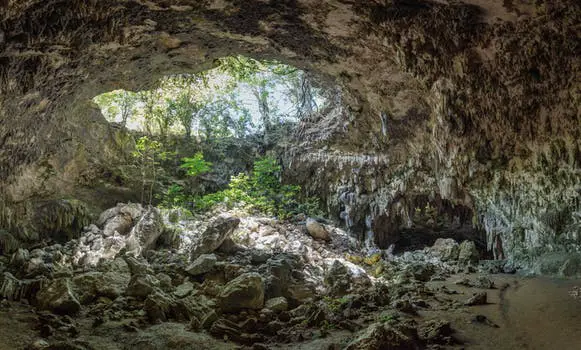 One of the good things about caving is that you don’t need years of training or a mass of expensive equipment to get started with it. You will need to make an initial investment in the necessary gear, yes, but once you have done that, you can go on to enjoy this cost-efficient pastime for years to come.
One of the good things about caving is that you don’t need years of training or a mass of expensive equipment to get started with it. You will need to make an initial investment in the necessary gear, yes, but once you have done that, you can go on to enjoy this cost-efficient pastime for years to come.
Physically speaking, as is the case with most activities you pursue outdoors, the more fit you are, the more you will get from this experience. However, you don’t need to be able to scale Everest in order to start enjoying exploring underground. A typical trip to a cave will mean that you will walk on terrain that is uneven, squeezing or crawling through low tunnels and/or passageways, and climbing down or up into whatever spaces the cave features. A good 5-hour trip is enough to work all of the major muscle systems in your body.
Equipment
There are mainly 2 different pieces of equipment that are critical to have before you go into a cave. The first thing is a source of light. Most sporting good and hardware stores sell those headlamps that feature an elastic strap. Typically, there will be a few different styles for you to make a selection from, depending on the amount you want to invest. You can find really good ones for about $35. You won’t need to have the entire cave illuminated, but you might be surprised at how quickly your eyes will adjust to the available light in the cave. That being said, don’t forget to always pack extra batteries along with a minimum of 2 additional light sources to use as backups if necessary. These might be anything from candles to flashlights you hold in your hands to extra headlamps.
The second essential piece of equipment will be a great helmet. The truth of the matter is that caves have the potential to be quite dangerous. They tend to be muddy and wet, and this makes it easy to slip and fall. If you get into a tight space, it is simple to turn just the wrong way and bonk yourself on the head. There are a few options for you when it comes to a helmet. If you are just getting started, take the most cost-efficient route and get a simple construction helmet equipped with a chin strap. You can find these at your local home improvement store. Attach your headlamp to it with some duct tape. Once you have made the decision that caving is in your future, get a good helmet for climbing. Try a Petzl or a Black Diamond. Most of these feature attachments for headlamps.
Any additional equipment will depend on what you wish to do while you are in the cave. If you will be going into a vertical cave, and you will need to descend quite a long way, you will need things like carabiners, ascenders, harnesses, rope, and other gear necessary for climbing. If you want to map and survey your own discoveries and cave routes, you will need a laser range finder, a clinometer, and a compass.
Supplies
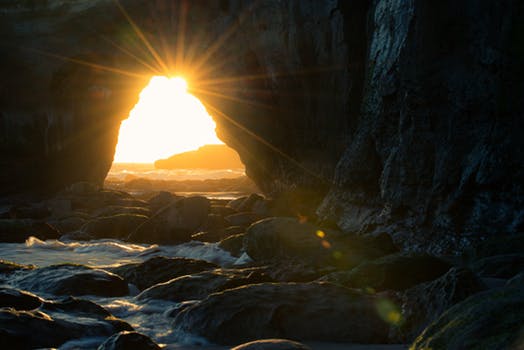 Aside from your essential equipment, you will also want to bring along a few supplies, including things like:
Aside from your essential equipment, you will also want to bring along a few supplies, including things like:
- A small backpack that can be removed easily when you need to crawl through those tight spaces.
- Elbow and knee pads, and gloves.
- A small first aid kit, extra duct tape, batteries, and matches.
- A large plastic bag for your waste – including your feces.
- A camel pack or bottled water.
- Protein or granola bars, beef jerky, and other snack foods that will not be easily crushed. In other words, Little Debbie snacks are not a good option.
- A camera that is equipped with a flash.
- A complete outfit for you to change into once you emerge from the cave.
Safety
There are more than 52 ways for you to die while in a cave, but it can be safer if you stick to a few guidelines. The first one is to never go by yourself. In fact, you should go with at least 3 – 5 other people. If there is an accident in the cave, this will allow for one person to stay with the injured party while the others go to find help. Groups that consist of more than 6 people can be slowed down when they reach passageways that are tight. It is also always a good idea to know the phone number for the local fire department. Many of the counties that have wild caves will also have local Cave Search and Rescue teams.
If you do happen to become stuck in a tight crawl space, try not to panic. When humans panic, their lungs will fill with air. This only serves to expand the chest and make it even more difficult to move. You will need to keep your breathing under control and exhale in order to gain a few precious inches so that eventually you will be able to make it through the space. For most people, if you are able to get your chest and shoulders through a space, the rest of you should fit as well. That being said, it is never wise to take risks unnecessarily. Also, you should always let the smallest person go through before anyone else does.
Make sure that someone who isn’t on the caving trip with you knows what your plans are. If you will be going into a cave that has been mapped before, you will be able to write out the route you plan to take as well as your destination. If you will be exploring what is known as virgin territory, you need to be obsessed with observing your surroundings. Look behind you every couple of feet and try to memorize formations of rock so that you and your team will be able to get back out safely.
Caving is an activity that is physically strenuous. You should always be sure that you maintain a minimum of 3 points of contact while you are traveling over terrain that is uneven. Try not to push yourself beyond your limit. Keep in mind that you will have to travel just as far to get back to the entrance of the cave as you have going into it.
Most accidents in caves are caused by errors in judgment. However, there are also other dangers, like poor footing, trusting ropes that are worn out, falling rocks, flooded passages, and even hypothermia.
Cave Responsibly
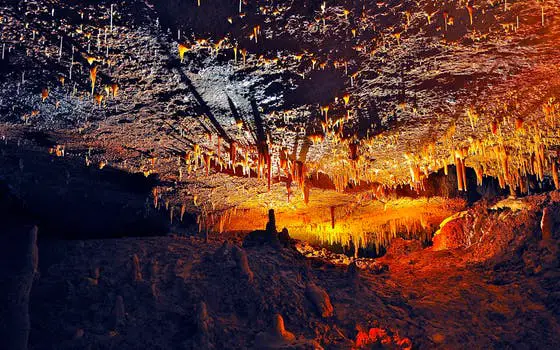 The motto of a caver is don’t take anything but pictures, don’t leave anything but footprints and don’t kill anything but time. This doesn’t mean that you need to join Green Peace, just to treat any cave you go into with respect. All of those formations that are found in caves took thousands of years to form. A single careless nudge can be all it takes to destroy them instantly. Never use spray paint or chalk to leave directions for yourself or others. Carry all of your trash out with you and let the bats have their peace. If you truly start to fall in love with this activity, you might want to join the National Speleological Society so that you will be able to learn even more about conserving the caves.
The motto of a caver is don’t take anything but pictures, don’t leave anything but footprints and don’t kill anything but time. This doesn’t mean that you need to join Green Peace, just to treat any cave you go into with respect. All of those formations that are found in caves took thousands of years to form. A single careless nudge can be all it takes to destroy them instantly. Never use spray paint or chalk to leave directions for yourself or others. Carry all of your trash out with you and let the bats have their peace. If you truly start to fall in love with this activity, you might want to join the National Speleological Society so that you will be able to learn even more about conserving the caves.
Don’t Refer to it as Spelunking
While this might seem a little pretentious, but if you really want to be taken as a serious caver, you will need to avoid the terms ‘spelunker’ and ‘spelunking’ no matter what. Using these terms is like asking how many points a team scored during a baseball game. It technically works, but it also marks you immediately as a novice. Think of it like this – the noise that someone makes when they happen to fall and land in a puddle is ‘spelunk’.
Go to It
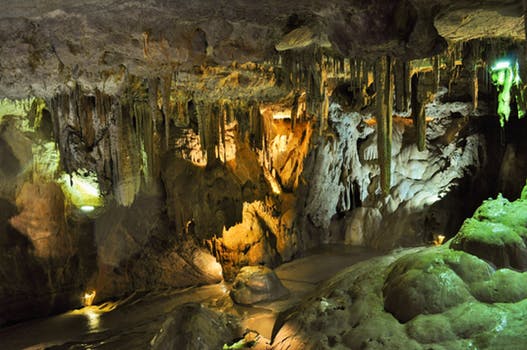 So, have you decided that you are ready to begin caving? You can locate caves that are near you by visiting www.caves.org and by getting in touch with local caving or grotto clubs. Most of these will plan monthly trips to caves and these also provide guides who are responsible while you get acquainted with the activity. Many caves that are located in national parks, like Kentucky’s Mammoth Cave, offer what are known as ‘wild cave trips’ that go beyond the usual routes tourists take. Just remember to be safe and get out there so that you can enjoy exploring new caves.
So, have you decided that you are ready to begin caving? You can locate caves that are near you by visiting www.caves.org and by getting in touch with local caving or grotto clubs. Most of these will plan monthly trips to caves and these also provide guides who are responsible while you get acquainted with the activity. Many caves that are located in national parks, like Kentucky’s Mammoth Cave, offer what are known as ‘wild cave trips’ that go beyond the usual routes tourists take. Just remember to be safe and get out there so that you can enjoy exploring new caves.
A Few Caves for Beginners
Carlsbad Caverns
This cave is located in New Mexico at Carlsbad Caverns National Park. You can visit this cave at any time of the year. These caves were first discovered by a cowboy who was 16 at the time. His name was Jim White and he thought he was seeing smoke. However, the ‘smoke’ was actually just a multitude of bats flying out of the cave’s entrance. In bat season, which is from April until October, there are 17 different bat species that call the caves home. Carlsbad caverns contain a massive room that is 625 feet by 4,000 feet and has a height of 255 feet. Original explorers of this cave were actually lowered down into it inside a large bucket.
Mammoth Cave
You will find Mammoth Cave in Kentucky at Mammoth Cave National Park. It is open all year long. This is the longest known cave on the planet and stretches for over 400 miles. It has been being explored for more than 2 centuries and there are still uncharted passages being found. One of the first people to explore this cave was a slave by the name of Stephen Bishop. He was owned by the man who also owned the property that the cave is on. Native Americans also explored this cave in search of various minerals that they would be able to trade.
Wind Cave
This one is located at Wind Cave National Park in South Dakota and is also open all year long. Because of barometric pressure changes, there are strong winds that blow through the cave. The strongest winds to have been measured were 70 mph. This cave is to be found in the Black Hills and it happens to be the 6th longest cave on the planet as it is 140 miles long. Like Mammoth Cave, Wind Cave is still being explored.
Cumberland Caverns
Cumberland Caverns can be found in a little town in Tennessee named McMinnville and is open year-round. These caverns have an underground stage where the Bluegrass Underground concert series is recorded each month. Scouts are able to get their Spelunking patch here. These caves are also still being explored.
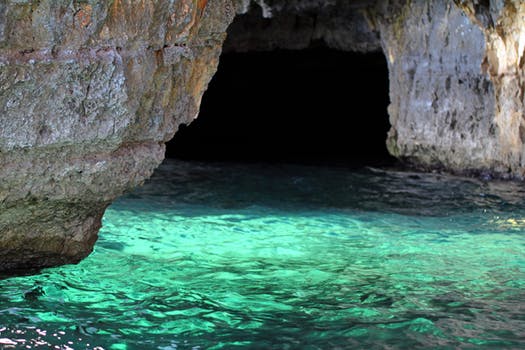
Blue Spring Caverns
If you are in Near Bedford, Indiana, you might want to check out this cave. It is open from October through April. The cave has deep water and you can even get a boat ride through it. The crayfish and fish that live here are both pure white and blind. Overnight camping is allowed here.
Now that you know what you will need and what to do, as well as where to go, you can get started caving now. Be safe and have fun!
Sources
- You Tube, Caving & Safety: Basics of Sport Caving
- Cave Science, Getting Started
- Chaco Rocks Minerals & Crafts, Cave Exploring
- Get Outside, A Beginner’s Guide to Caving







